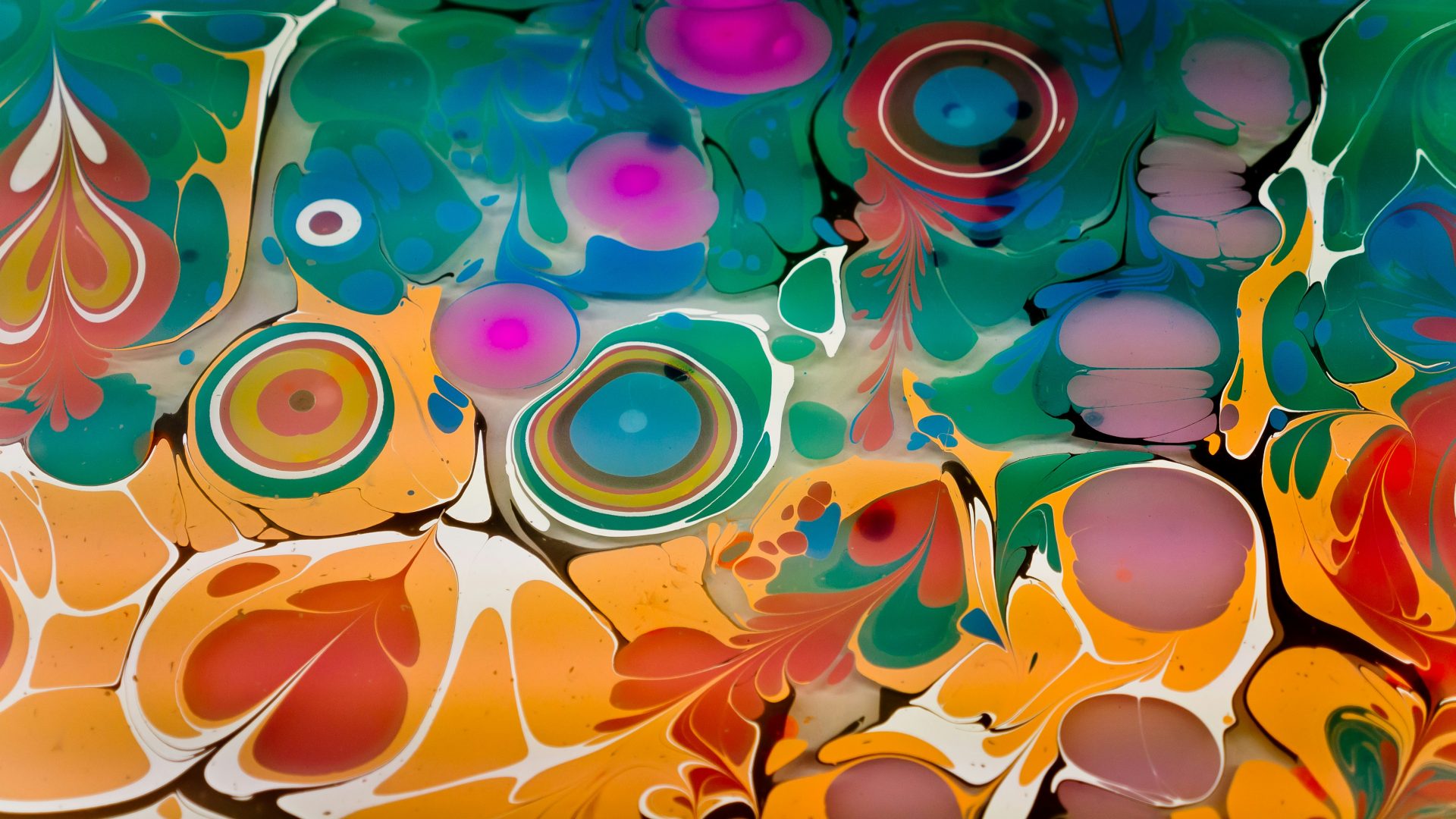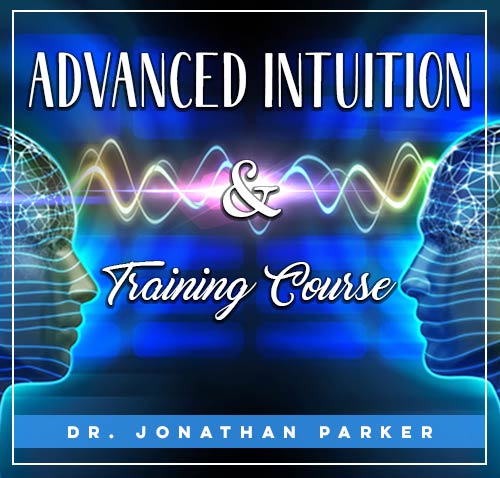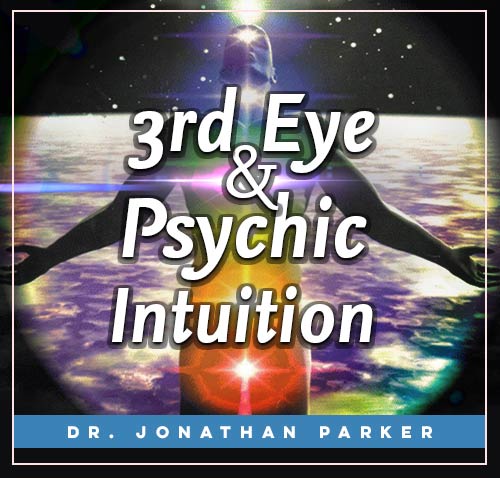How to Examine Historical Perspectives on the Third Eye Chakra

Hey there, amazing readers! 🖐️ Just a quick note: yes, we know there are a lot of ads here. Trust us, we get it—it’s not the prettiest look, but they help us keep this blog alive and kicking. Those pesky little ads cover the costs of all the behind-the-scenes magic, from hosting and tech stuff to creating content we hope you’ll love.
We’re committed to delivering quality posts, and your support (even just sticking around despite the ads) means everything to us. So, bear with us, and thanks for helping us keep the good vibes rolling. Now, on to the fun stuff! 😉
TRANSLATE BUTTON AT THE END OF THE ARTICLE
A Quick Overview
The concept of the Third Eye Chakra has intrigued people for centuries, with its roots deeply embedded in ancient texts, traditions, and philosophies around the world.
Understanding the historical perspectives on the Third Eye Chakra can provide valuable insights into its significance and symbolism, as well as shed light on how different cultures have interpreted and utilized this mystical concept throughout history.
Understanding the Concept of the Third Eye Chakra
The Third Eye Chakra, also known as the Ajna Chakra in Sanskrit, is believed to be the sixth primary chakra in the human body according to Hindu and Buddhist traditions.
Located between the eyebrows, it is associated with intuition, perception, and spiritual insight.
The Third Eye is thought to be the center of higher consciousness and the gateway to inner wisdom and enlightenment.
Exploring Ancient Texts and Traditions
Ancient texts like the Upanishads, Vedas, and Yoga Sutras all make references to the Third Eye and its significance in spiritual practice.
In Hindu mythology, the god Shiva is often depicted with a third eye on his forehead, symbolizing his inner vision and spiritual insight.
Similarly, in Buddhism, the concept of the Third Eye is connected to the idea of mindfulness and awareness.
Analyzing the Symbolism of the Third Eye
The Third Eye is often symbolized by an eye that is not physically present but is believed to perceive things beyond ordinary sight.
This symbol represents the ability to see beyond the material world and gain a deeper understanding of oneself and the universe.
It is associated with clarity, intuition, and spiritual awakening.
Historical Depictions in Art and Sculpture
Throughout history, the Third Eye has been depicted in various art forms, including paintings, sculptures, and religious artifacts.
In Hindu and Buddhist art, the Third Eye is often portrayed as a mystical symbol of enlightenment and divine wisdom.
Artists have used different visual representations to convey the idea of inner vision and spiritual insight.
The Role of the Third Eye in Eastern Philosophy
In Eastern philosophy, particularly in Hinduism and Buddhism, the Third Eye is considered a vital energy center that connects the physical body to the spiritual realm.
It is believed to be the seat of higher consciousness and the source of intuitive knowledge.
Practices like meditation, yoga, and mindfulness are often used to awaken and balance the Third Eye Chakra.
Historical Practices for Awakening the Third Eye
Ancient civilizations used various practices to awaken the Third Eye, such as meditation, visualization, chanting, and energy work.
In India, the practice of Kundalini yoga focuses on awakening the dormant energy at the base of the spine and raising it through the chakras, including the Third Eye, to achieve spiritual enlightenment.
Cultural Beliefs and Practices Around the Third Eye
Different cultures around the world have their own beliefs and practices related to the Third Eye.
In Egyptian mythology, the Eye of Horus symbolizes protection, royal power, and good health.
In Native American traditions, the Third Eye is associated with vision quests and spiritual guidance.
These diverse cultural perspectives enrich the understanding of the Third Eye Chakra.
The Evolution of the Third Eye in Modern Times
In the modern era, the concept of the Third Eye has gained popularity outside of traditional spiritual practices.
It is often associated with New Age beliefs, alternative healing modalities, and metaphysical teachings.
Many people today seek to open and activate their Third Eye to enhance their intuition, creativity, and spiritual growth.
Comparing Various Interpretations Through History
When comparing the interpretations of the Third Eye Chakra throughout history, it becomes clear that different cultures have unique perspectives on its significance and symbolism.
While some view it as a literal energy center in the body, others see it as a metaphor for inner vision and spiritual insight.
Understanding these diverse interpretations can deepen our appreciation for the complexity of the Third Eye concept.
Historical Figures Associated with the Third Eye
Several historical figures have been associated with the Third Eye, either through their teachings, practices, or symbolic representations.
Figures like Buddha, Mahavira, and Lao Tzu are often depicted with a Third Eye to symbolize their spiritual wisdom and enlightenment.
These figures serve as inspirational examples of the pursuit of higher consciousness and self-realization.
Examining Scientific Perspectives on the Third Eye
From a scientific standpoint, the Third Eye is often viewed as a metaphorical concept rather than a physical organ or energy center.
Some researchers suggest that the Third Eye may represent the pineal gland in the brain, which is responsible for regulating sleep-wake cycles and producing melatonin.
While scientific evidence may not fully support the metaphysical beliefs surrounding the Third Eye, its symbolism continues to captivate the human imagination.
Implications of Historical Perspectives on the Third Eye
By examining historical perspectives on the Third Eye Chakra, we can gain a deeper understanding of how ancient cultures viewed spirituality, consciousness, and the interconnectedness of mind, body, and spirit.
These insights can inspire us to explore our own inner wisdom, cultivate intuition, and seek higher states of awareness.
The historical significance of the Third Eye serves as a reminder of the enduring quest for enlightenment and self-discovery that transcends time and culture.
Conclusion
The exploration of historical perspectives on the Third Eye Chakra reveals a rich tapestry of beliefs, practices, and symbolism that have shaped the way we understand consciousness and spirituality.
From ancient texts and traditions to modern interpretations, the Third Eye continues to intrigue and inspire seekers of wisdom and enlightenment.
By delving into the historical roots of this mystical concept, we can uncover valuable insights into our own spiritual journey and the interconnectedness of all beings in the universe.

The Enlightenment Journey is a remarkable collection of writings authored by a distinguished group of experts in the fields of spirituality, new age, and esoteric knowledge.
This anthology features a diverse assembly of well-experienced authors who bring their profound insights and credible perspectives to the forefront.
Each contributor possesses a wealth of knowledge and wisdom, making them authorities in their respective domains.
Together, they offer readers a transformative journey into the realms of spiritual growth, self-discovery, and esoteric enlightenment.
The Enlightenment Journey is a testament to the collective expertise of these luminaries, providing readers with a rich tapestry of ideas and information to illuminate their spiritual path.
Our Diverse Expertise 🌟
While our primary focus is on spirituality and esotericism, we are equally passionate about exploring a wide range of other topics and niches 🌍📚. Our experienced team is dedicated to delivering high-quality, informative content across various subjects ✨.
To ensure we provide the most accurate and valuable insights, we collaborate with trusted experts in their respective domains 🧑🏫👩🏫. This allows us to offer well-rounded perspectives and knowledge to our readers.
Our blog originally focused on spirituality and metaphysics, but we’ve since expanded to cover a wide range of niches. Don’t worry—we continue to publish a lot of articles on spirituality! Frequently visit our blog to explore our diverse content and stay tuned for more insightful reads.








